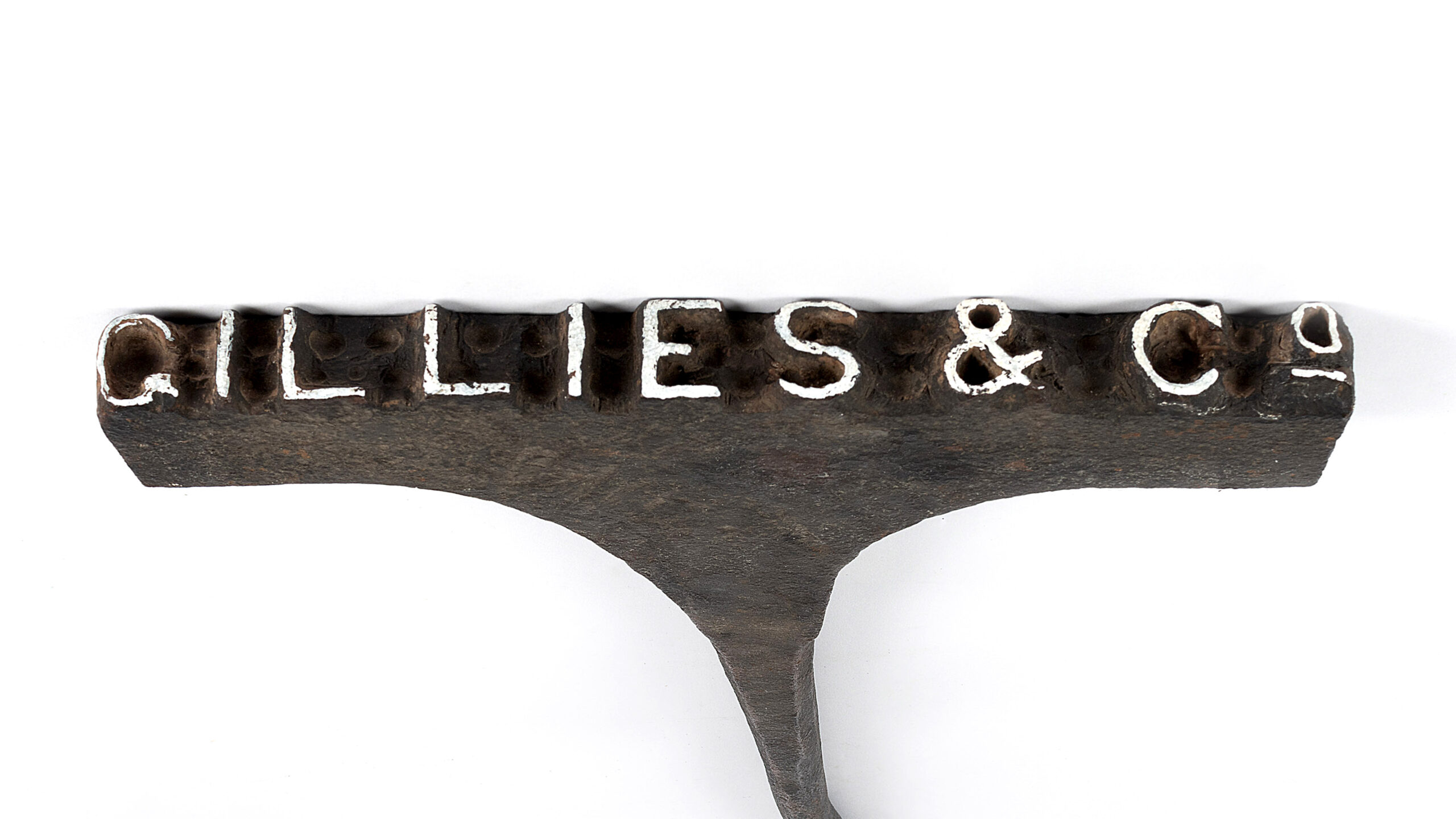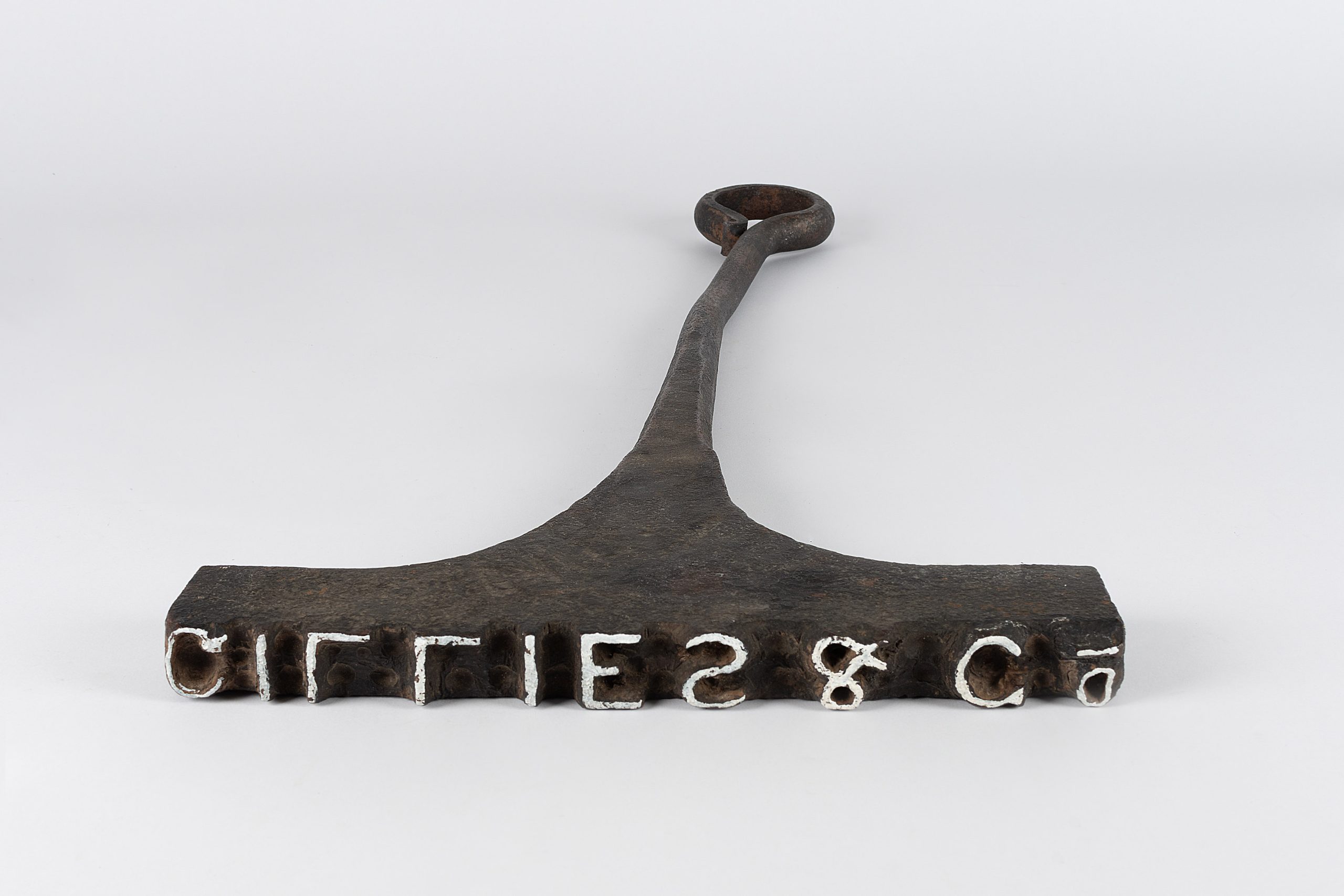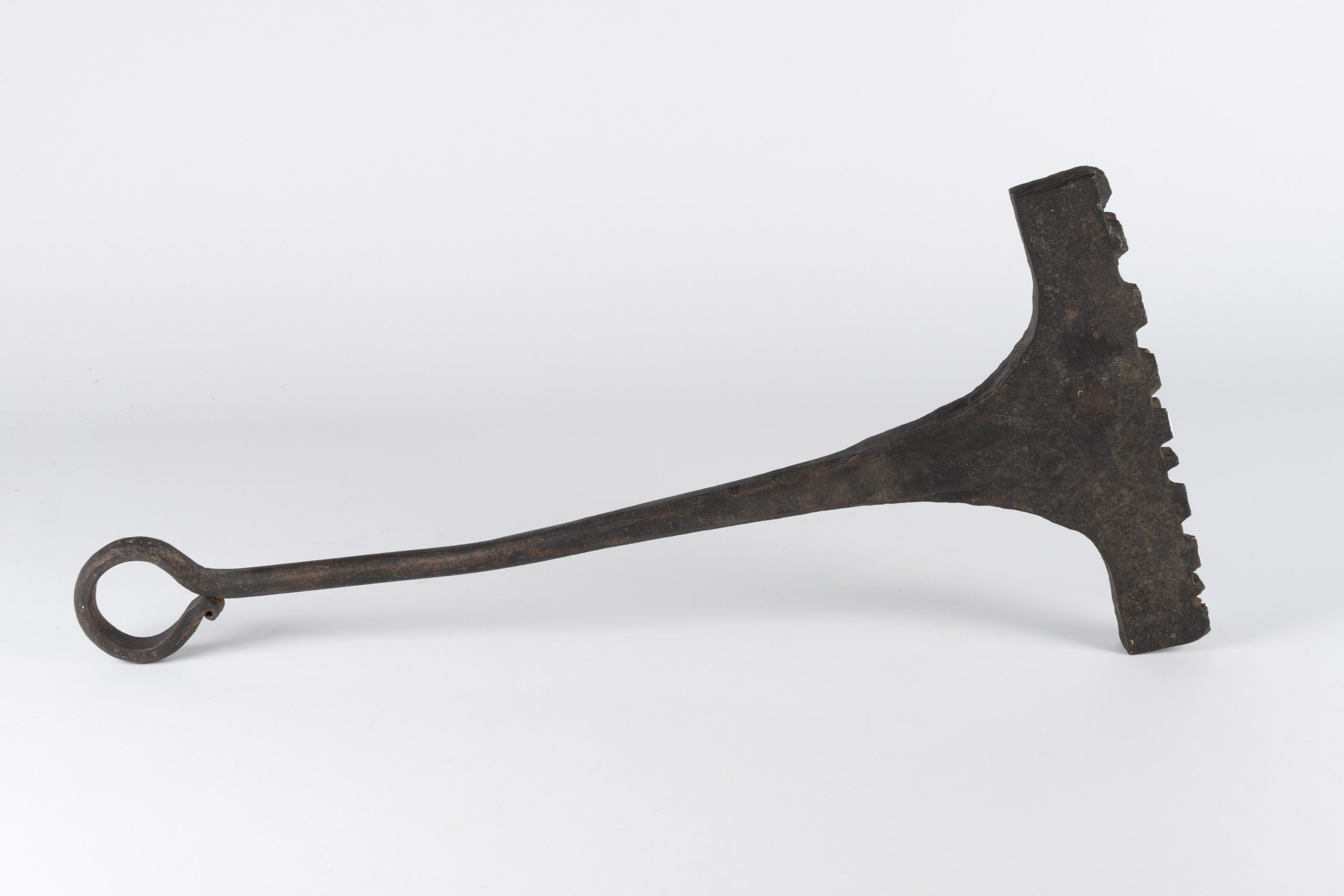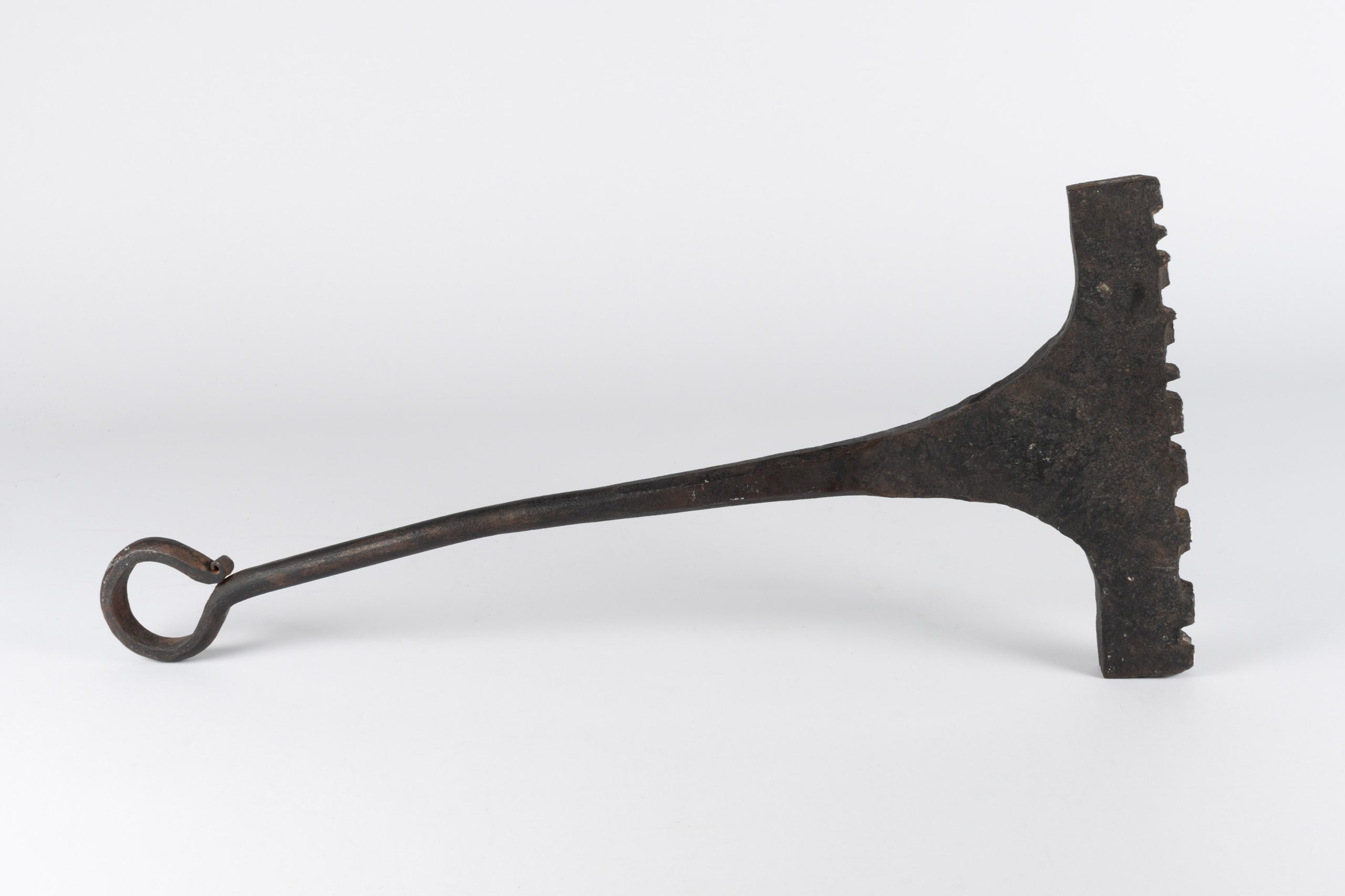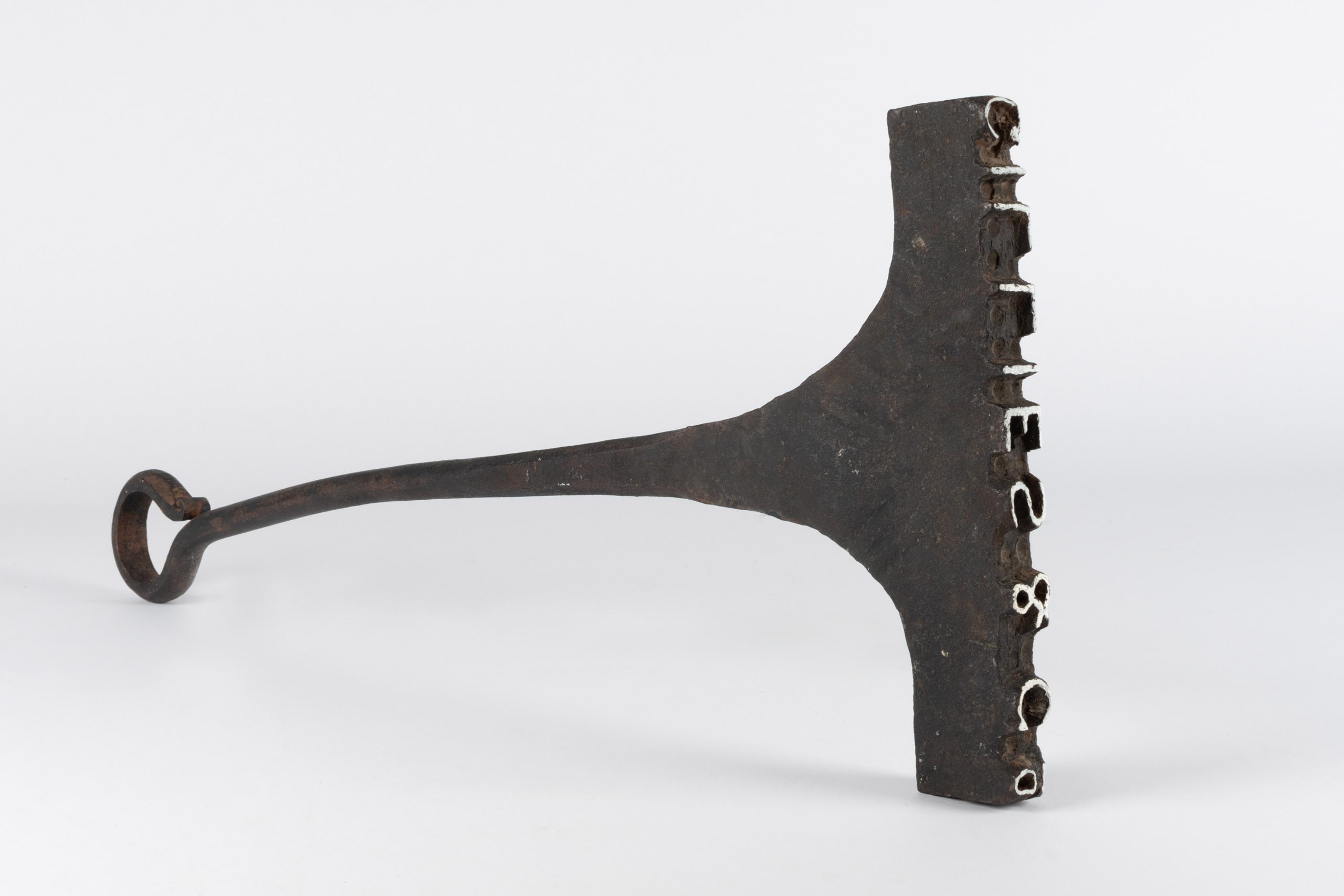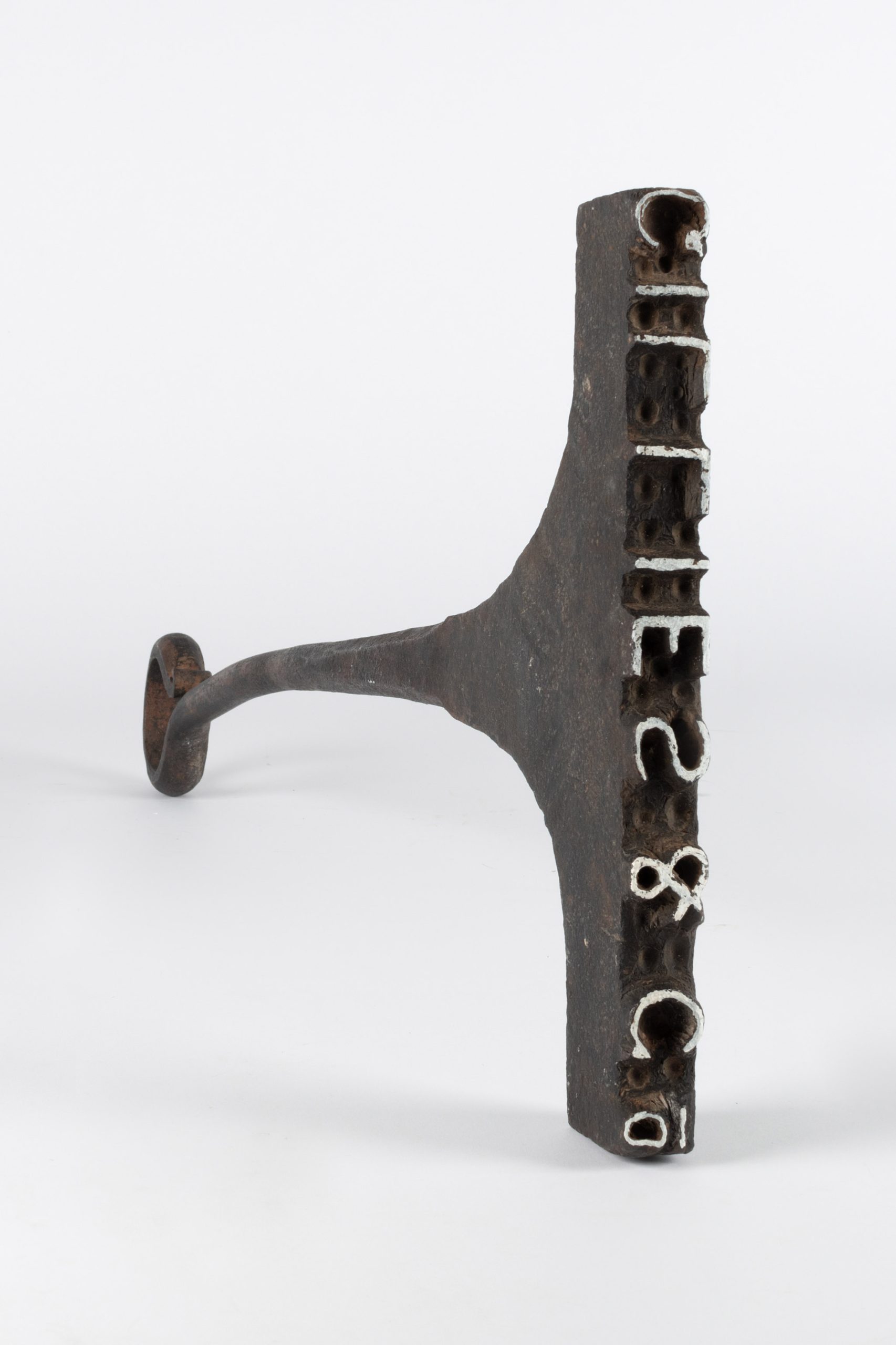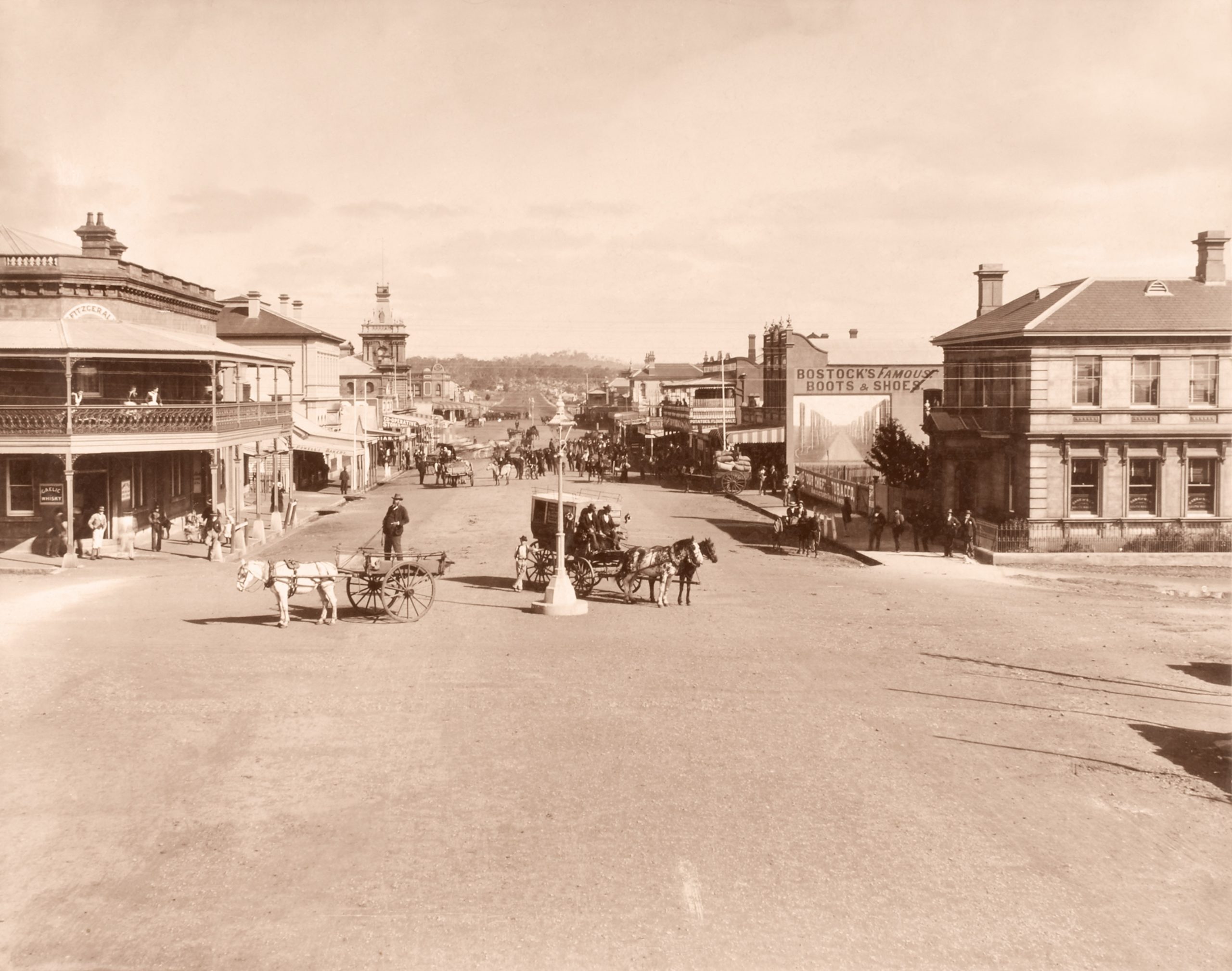Short-Lived Brews
The Downfall of the Glen Innes Brewery
When the Glen Innes Brewery opened in 1882 with the latest machinery, it was described as sparing no expense. Word spread of the first brew exceeding the expectations of proprietors, J.A Spier and Thomas Craig Gillies (1855-1924), and it was soon predicted that ‘a great future is in store for the Glen Innes beer.’
However, this initial excitement soon dissipated. Over its tumultuous twelve-year lifespan, the Glen Innes Brewery would close on three separate occasions as management shifted between the original proprietors and three other owners: Peter Simpson, Francis Dixon Kite & Co, and Peter Floyd. This branding iron was used to label wooden beer barrels between 1887 and 1889 when the sole proprietor of the brewery was Thomas’ business, Gillies & Co.
So, what went wrong?
To start, brewing required specialist equipment which was expensive to import. For instance, the huge iron cases Gillies & Co used to transport malt and hops had to be imported from England. Similarly, it was also difficult to reliably import quality hops and barley – even from Sydney. This meant many early colonial brewers started to use maize and sugar, both novel additions to beer-making at the time.
Reportedly, the brewery was still relying on malt and hops in 1888, even though maize and barley were being ‘produced in considerable quantities’ near Glen Innes. Though this may have been a way of maintaining the best quality, the brewery’s output was not matching its potential of producing ‘100 hogsheads per week, and that of its malthouse 150 bushels per week.’ Balancing a lower output with larger production costs meant demand had to be high to justify the expense.
Historically, pastoralists and squatters clamoured for ‘cheap’ beer that sent ‘the blood circulating quickly through their veins… Colonial beer [fulfilled] these requirements.’ But times were changing and a depression in trade meant cordial factories – which could provide a wider variety of drinks with lower production costs – gained popularity in regional areas.
Social attitudes about drinking had also been shifting since the 1830s, as a national temperance movement worked to curb the drinking of alcohol. Glen Innes had a local temperance society operating in the 1880s which ran a community hall and supported many events. While local newspapers often referenced the movement in a tongue-in-cheek manner, it was undoubtedly part of local conversation.
So, when the brewery finally closed, it seemed only natural for the building to then become a cordial factory.


